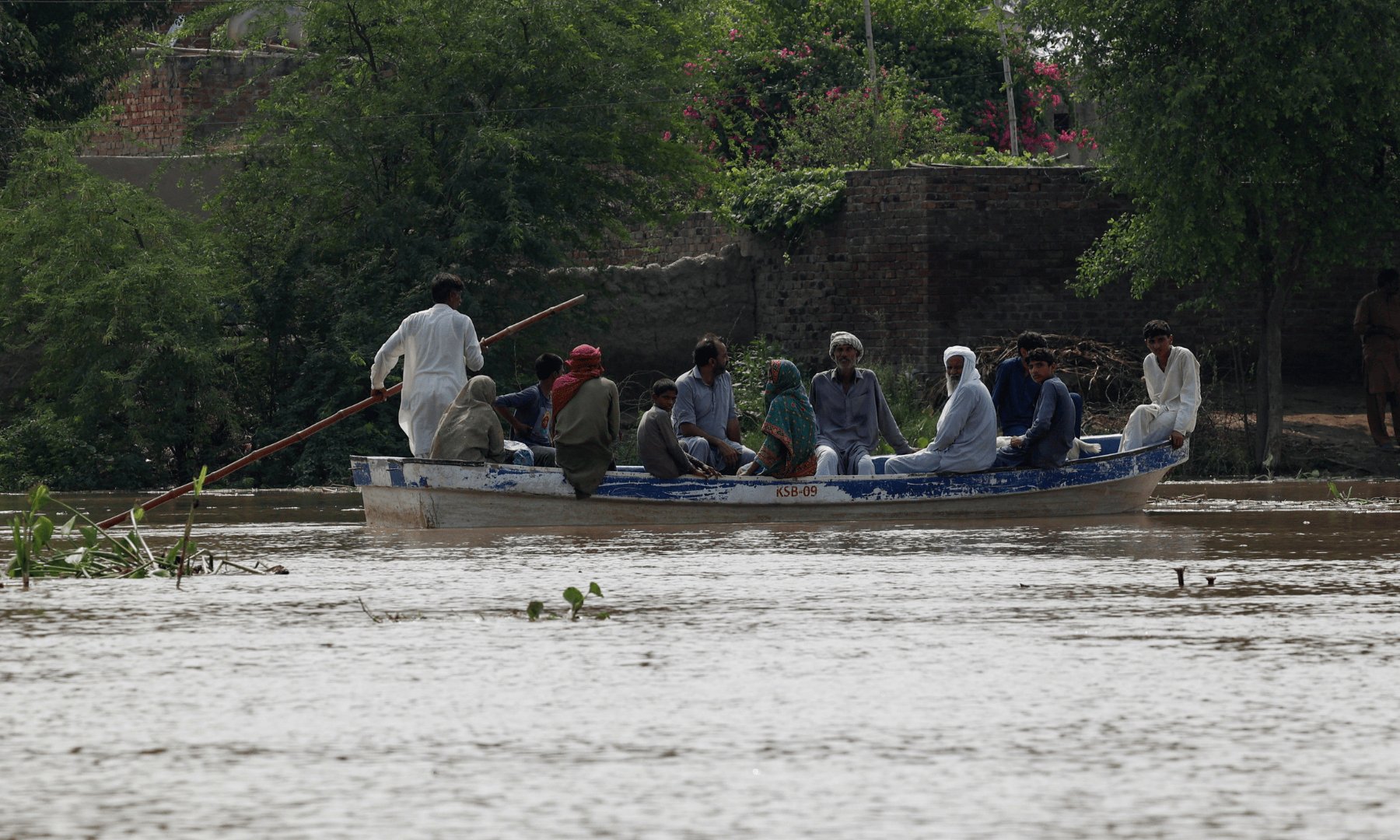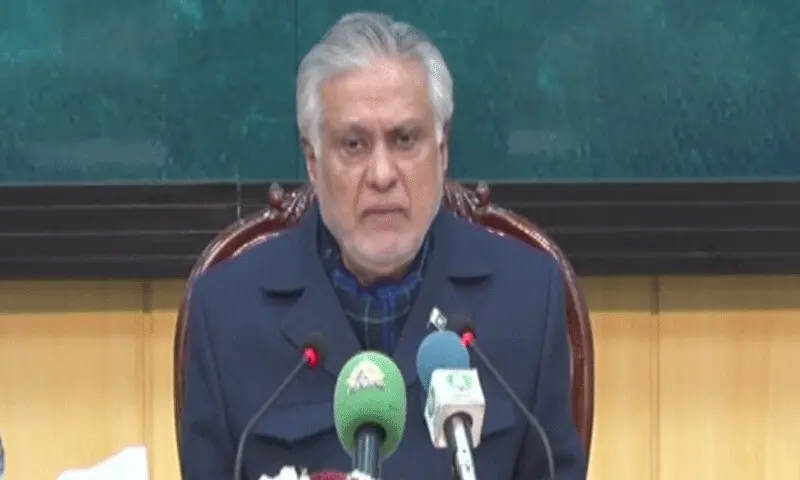Natural disasters are acts of God, but we cannot ignore human errors, according to Prime Minister Shehbaz.
The waters of the floods sprouted through the mountain villages, the cities made swamps, the mourners gathered in Fresh Graves, since the season of the Pakistan monsoon once again offers calamity scenes, also puts an unfortunate preparation.
Without a better regulation of the construction and maintenance of sewerage, the annual downpours that have left hundreds of dead in recent months will continue to kill, experts say.
Even Prime Minister Shehbaz Sharif seemed to agree when he toured the province of Khyber Pakhtunkhwa, affected by floods, last week, where land landslides killed more than 450 people.
“Natural disasters are acts of God, but we cannot ignore human errors,” he said.
“If we continue to let the permits for the construction of influence control and corruption control, neither people nor governments will be forgiven.”
Pakistan is among the countries most vulnerable to climate change, with limited resources for adaptation.
In the devastated mountain villages, the prime minister visited, and beyond, the residential areas are erected near the beds of the rivers, blocking the “natural storm drains,” said the former Minister of Climate Change, Sherry Rehman Rehman AFP.
Fazal Khan businessman now recognizes the “error” of building too close to the river.
His house in the Swat Valley was first destroyed by the floods of 2010 and then again in the flood of 2022 that affected almost four million Pakistani.
“On August 15, once again, the flood water went through the channel and entered our house,” said the 43 -year -old father.
Errors made by man
Since it began in June, this year’s monsoon killed about 800 people and has damaged more than 7,000 homes, and more downpours are expected until September.
While the seasonal monsoon of southern Asia brings rain on which farmers depend, climate change is making the phenomenon more erratic, unpredictable and mortal throughout the region.
In the middle of this month, Pakistan had already received 50 percent more rain than this time last year, according to disaster authorities, while in the Indian neighbor, sudden floods and sudden storms have killed hundreds.
Extractive practices have also aggravated weather -related disasters, with Pakistan with cash problems but rich in minerals eager to meet the growing US and China demand.
Rehman, the former minister, said that mining and felling have altered the natural basin.
“When a flood falls, especially in the mountainous field, a dense forest can often verify the speed, scale and ferocity of water, but Pakistan now only has 5 -piece forest coverage, the lowest in southern Asia,” he said.
Urban infrastructure has also hesitated.
Days after the villages were swept in the north, a period of rain in the south led to the financial capital of Pakistan, Karachi, to a dead point.
The coastal megaciudad, home of more than 20 million people, registered 10 deaths last week, with electrocuted victims or crushed by collapse ceilings.
A report by the Pakistan Human Rights Commission (HRCP) said that Brown Water flooding the streets is not only the result of the rain, but “obstructed drains, inadequate elimination of solid waste, poor infrastructure, invasions, elitist housing societies … and so on.”
Published following the mortal floods of 2020, the report still sounds true today.
‘Negligence’
According to the commission, the problems are “inherently political” since several parties use construction permits to feed their sponsorship networks, often ignoring the risks of building on drainage channels.
In some areas, “the drain has become so narrow that when a high tide occurs and rains simultaneously, instead of the water flowing towards the sea, it flows to the river,” said the urban planning expert Arif Hasan in an interview after the floods of 2022.
According to the Rights Commission, in the extensive city that fells quickly, the various authorities, both civil and military, have not coordinated urban planning.
As a result, infrastructure is built can solve a problem while creating others.
“Karachi is not being destroyed by the rain, but by years of negligence,” said Taha Ahmed Khan, an opposition legislator in the Provincial Assembly of Sindh.
“Illegal construction and invasions in the drainage of rainwater, along with lower quality roads … only the crisis have worsened,” he added.
The mayor of Karachi, Murtaza Wahab, says that he has asked Islamabad every year for help to finance the renewal of drainage channels, in vain.
“It is easy to suggest that the drainage capacity should be improved, but the cost is so high that it might need to spend almost the entire national budget,” he told AFP.
However, during the June budget vote, the opposition accused the city of having spent only 10 percent of funds for a mass development project.
The five -year plan, designed with international donors, would be supposed to end the monzón of the city at the end of 2024.
But almost a year later, there is no respite.
Image of the header: Residents use a boat to reach their destination in flooded areas due to the monzónic rains and the increase in the water level of the Sutlej river, in the village of Hakuwala, near the border between Pakistan and India, in the District of Punjab, on August 23, 2025.-Reuters.








